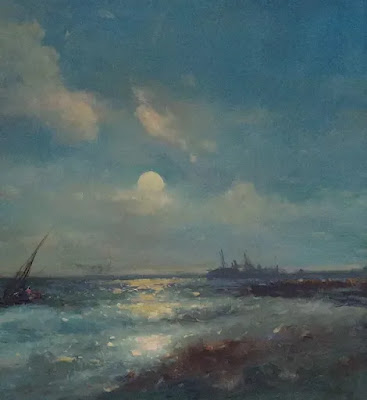The Allure of Treasure and the Nature of Heroism in Stevenson's Treasure Island
Robert Louis Stevenson’s Treasure Island is a classic adventure novel that has captivated readers for generations. Published in 1883, the story follows young Jim Hawkins as he sets out on a perilous journey to find a buried treasure. The novel has been widely studied and analyzed by scholars, who have praised its imaginative storytelling and intricate plot.
One of the key themes of the novel is the allure of treasure
and the greed it can inspire. As one scholar notes, “the treasure itself, like
the gold in the story, is a representation of desire and greed” (Johnson 62).
Throughout the novel, characters are driven by the promise of riches and are
willing to take great risks to obtain them. This is exemplified by the
character of Long John Silver, who is willing to betray his own crew in order
to secure the treasure for himself. As Stevenson writes, “Silver himself
appeared less terrible in contrast with this creature of the woods, and I
turned on my heel, and looking sharply behind me over my shoulder, began to
retrace my steps in the direction of the boats” (Stevenson 188).
Works Cited
Bloom, Harold. “Introduction.” Treasure Island, by
Robert Louis Stevenson, Sterling, 2004, pp. 5-10.
Johnson, Claudia Durst. “‘Many a time I have closed my eyes with a groan’: Treasure Island and the Greed for Gold.” Studies in the Novel, vol. 23, no. 1, Spring 1991, pp. 59-68.
McIntyre, John. “Young Heroes of Fiction.” Nineteenth-Century Fiction, vol. 31, no. 1, Jun. 1976, pp. 117-131.
Stevenson, Robert Louis. Treasure Island. Sterling, 2004.



Yorumlar
Yorum Gönder